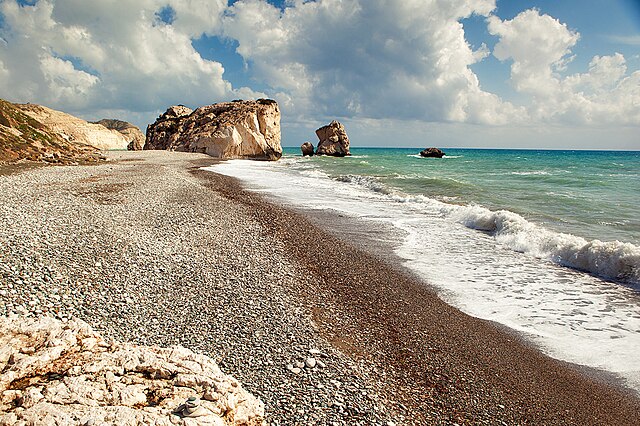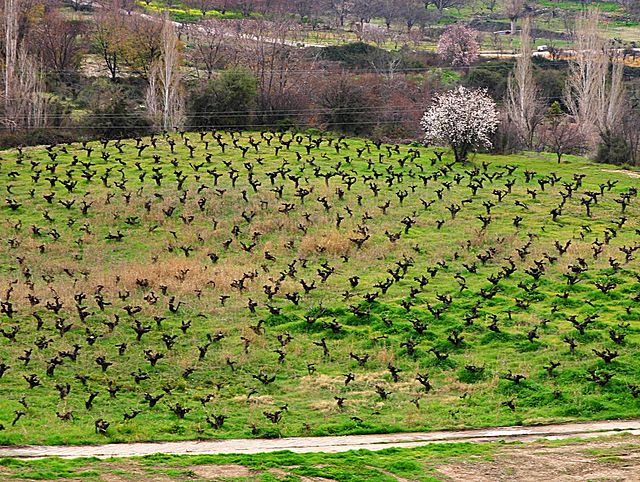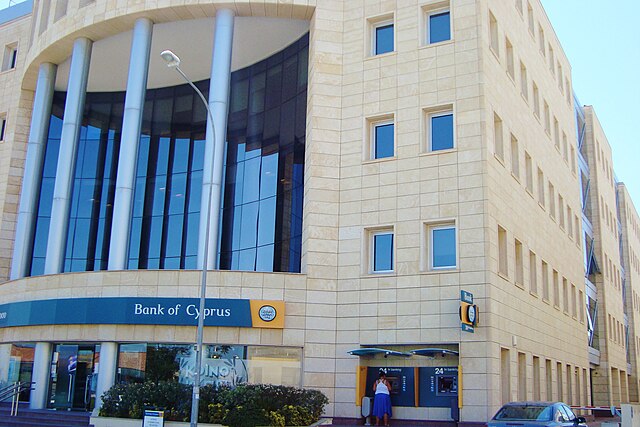Tourism in Cyprus occupies a dominant position in the country's economy, and has significantly impacted its culture and multicultural development throughout the years. In 2006, the tourism industry made up 10.7% of the country's GDP and the total employment in the tourism industry was estimated at 113,000 jobs. With a usual minimum of around 4
million tourist arrivals per year, it is the 40th most popular destination in the world and the 6th most popular per capita of local population. Cyprus has been a full member of the World Tourism Organization since 1975.
Petra tou Romiou ("Rock of the Greek") where legend says that Aphrodite, the Greek goddess of love, emerged from the sea
Avakas Gorge in Akamas
Protaras beach in summer
The sandy beaches are often used as habitats for green turtles
The economy of Cyprus is a high-income economy as classified by the World Bank, and was included by the International Monetary Fund in its list of advanced economies in 2001. Cyprus adopted the euro as its official currency on 1 January 2008, replacing the Cypriot pound at an irrevocable fixed exchange rate of CYP 0.585274 per €1.
Nicosia, the island's financial hub
The port of Limassol, the busiest in Cyprus.
A vineyard in the Troodos Mountains. The agricultural sector continues to employ a significant proportion of the labor force.
Bank of Cyprus offices in Aglandjia, Nicosia.








